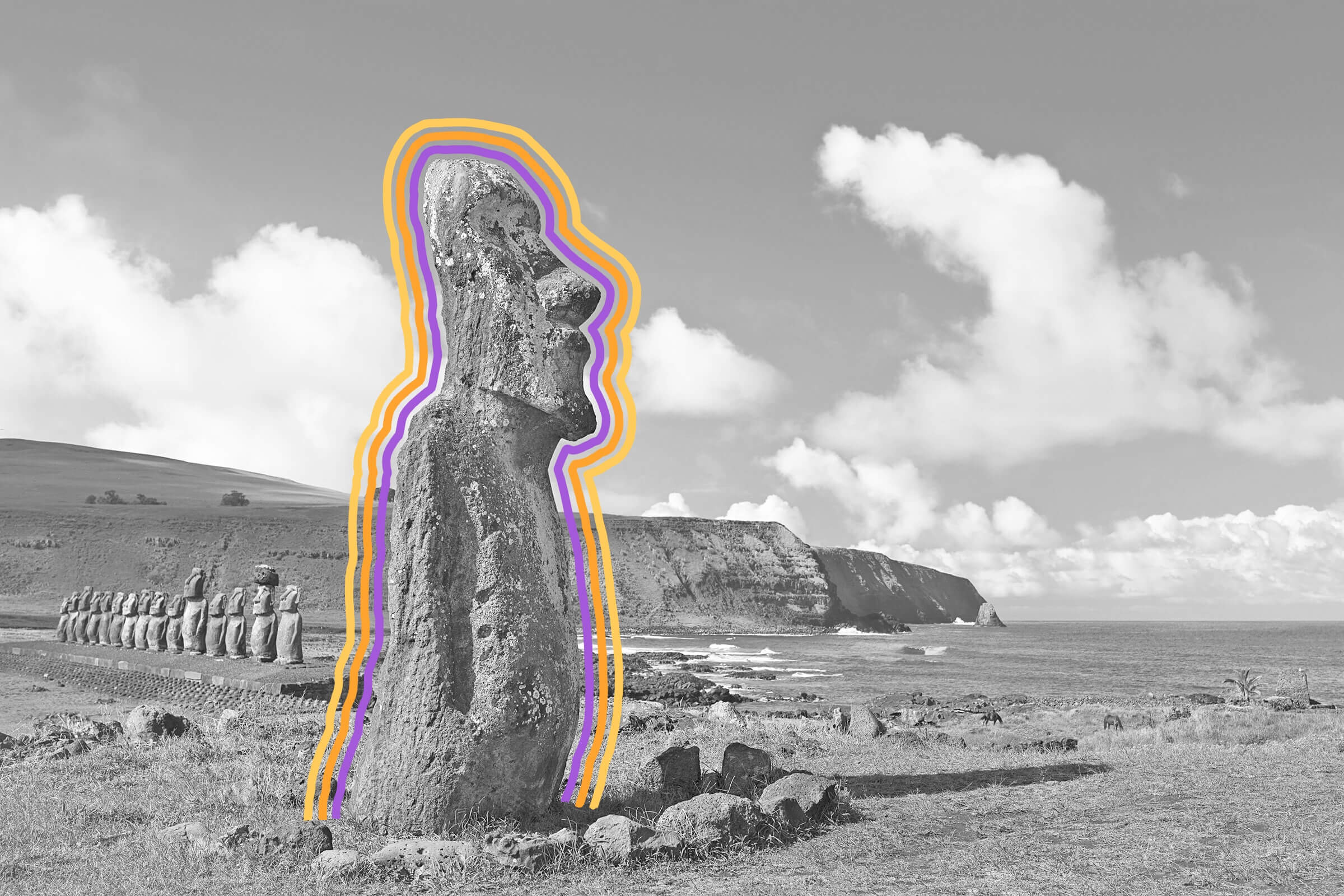
The world’s oldest mummies are in Chile.
Egypt may be home to the world’s most famous mummies, but not the world’s oldest. That distinction belongs to Chile, where mummified remains predate their Egyptian counterparts by more than 2,000 years. Known as the Chinchorro mummies, these artificially preserved hunter-gatherers were first discovered just over a century ago in the Atacama Desert, the driest nonpolar desert in the world. Their relatively recent discovery is explained by the fact that they weren't buried in ostentatious pyramids but rather — after being skinned and refurbished with natural materials — wrapped in reeds and placed in shallow, modest graves. It's estimated that the oldest Chinchorro mummies date back a full 7,000 years. Some are now in museums, while others remain underground in land currently threatened by climate change, as rising humidity levels alter the famously dry conditions of the desert.
Throughout history, many cultures mummified their dead. Among the most notable are the Chinese, Inca, and the Guanche people of the Canary Islands. UNESCO added the Chinchorro mummies and the settlement where they were found to the World Heritage list in July 2021, and a museum devoted to them is currently being developed in the northern port city of Arica.
The Victorians had a few strange ideas about how to have fun, one of which was holding parties devoted to unwrapping mummies. The practice was particularly popular among the British elite of the early 19th century, which was then steeped in a colonialist ethos and in the grip (like much of the rest of Europe) of an “Egyptomania” initially fueled by Napoleon’s 1798 invasion of Egypt. The fad for all things Egypt was so profound that one French aristocrat wrote in an 1833 letter that “it would be hardly respectable, on one’s return from Egypt, to present oneself without a mummy in one hand and a crocodile in the other.” Fortunately, our ideas about the treatment of dead bodies (including the ancient dead of other countries) have evolved, although our fascination with mummies may just be immortal.

